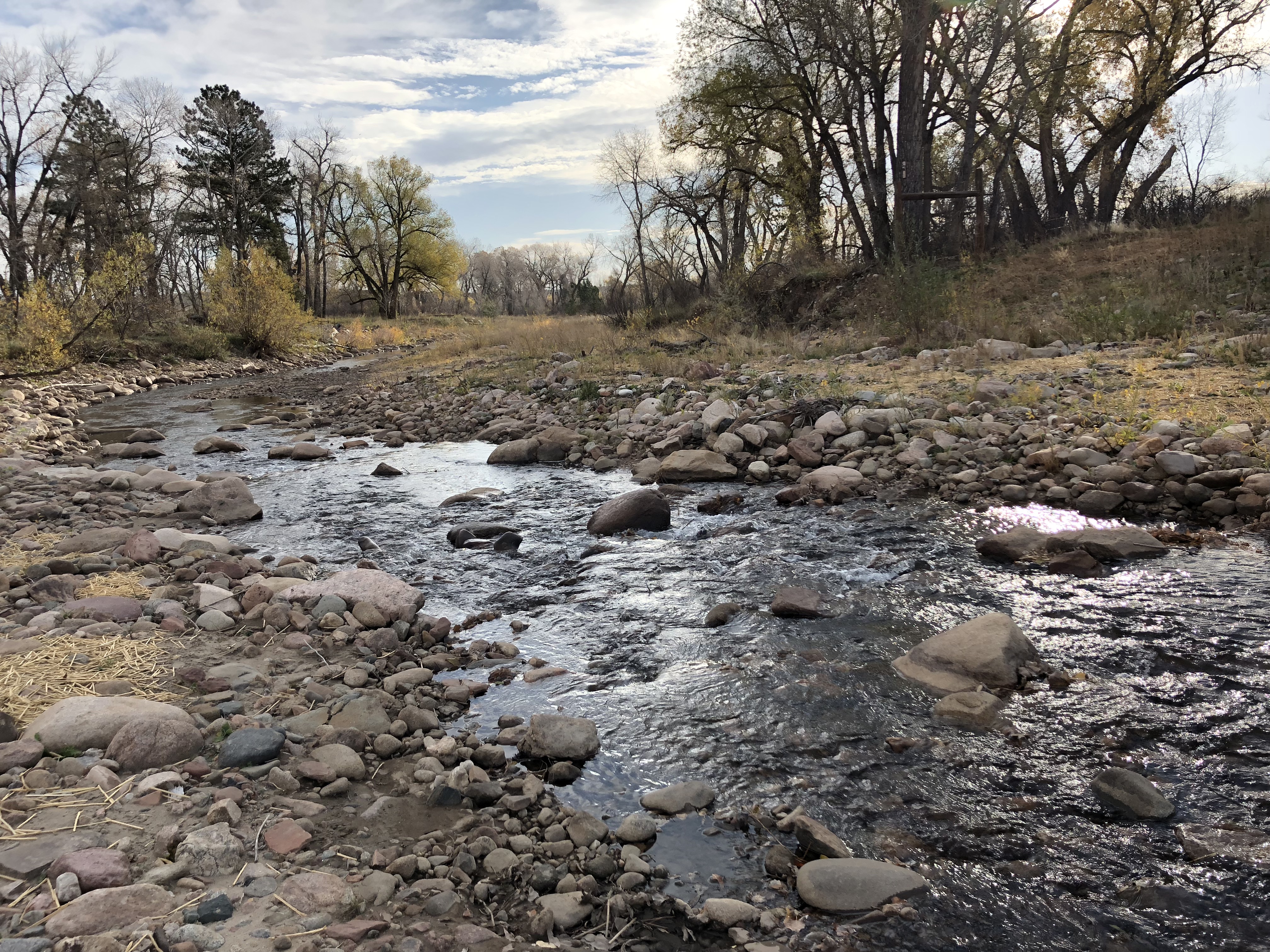How Bigger, Badder Wildfires are Changing Ecosystems
January 18, 2018
Great Ecology Honored with Environmental Excellence Award
January 26, 2018by Liz Clift
“What we contemplate here is more than ecological restoration; it is the restoration of relationship between plants and people. Scientists have made a dent in understanding how to put ecosystems back together, but our experiments focus on soil pH and hydrology—matter, to the exclusion of spirit.” — Robin Wall Kimmerer, a scientist and writer
Pinus flexilis, the limber pine, has gained some level of notoriety in recent years—in part because these trees have the ability to live for a relatively long time and in part because they are competing with bristlecone pines (Pinus longaeva, Pinus aristate, and Pinus balfouriana) in movement upslope, in response to climate change. The oldest limber pine is estimated to be roughly 3,000 years old, and is located in Alberta, Canada (the oldest livingbristlecone pine is estimated to be approximately 4,765 years old, for the record, and it lives in an undisclosed location in eastern California—in fact, it’s the oldest known living tree).
Many of us are, perhaps, particularly fascinated with long-lived trees now that we know that they might not always be around. Take, for instance, the news that’s been trickling in over the past few years about the decline of the redwoods in California or the logging of old-growth forests. These old trees provide habitat for a variety of animals and plants and can also tell us a lot about ourselves, if we take the time to study the rings and the forest around them.
At the Denver Botanic Gardens, there are several examples of limber pine I like to visit. They are small and look sturdy against the landscape, and I have to remind myself that although small, these trees are not all that young—some are older than I am. They’re set in an area that represents Colorado’s more extreme soil conditions: dry and rocky, and yet they’ve found purchase. There’s a lesson in that for all of us, and this is part of what makes the limber pine one of our more resilient trees in montane and subalpine ecosystems.
Limber pine is a keystone species in these montane and subalpine ecosystems. It provides food for a variety of animals, including bears, small mammals, and birds—and its needles are the sole food of a small ermine moth. Nutcrackers, a type of bird in the jay family, rely heavily on limber pine, particularly in certain areas—including Craters of the Moon National Park—where few other coniferous trees exist. This relationship is mutually beneficial, as nutcrackers create caches of seeds for the winter, but don’t return to all the caches, which allows these newly planted seeds the opportunity to take root.
Limber pine is also an effective pioneer in colonizing disturbed areas, and is able to stabilize soils in places where few other vegetative species thrive. Despite this, limber pine is rarely used in restoration projects because it is so slow growing—which makes achieving results within standard monitoring time frames a challenge, and as a result, the average landowner does not easily recognize the ecological value of using limber pine for restoration.
There’s something to be said for developing more patience with these, and other, slower-growing trees. It might not be us—or our children, or theirs—that see slow-growing trees reach maturity, but in this way we can be stewards of the environment for future generations. We can also learn, again, how to build a relationship with plants, to understand the role they play not only in the ecosystem, but in our lives.
